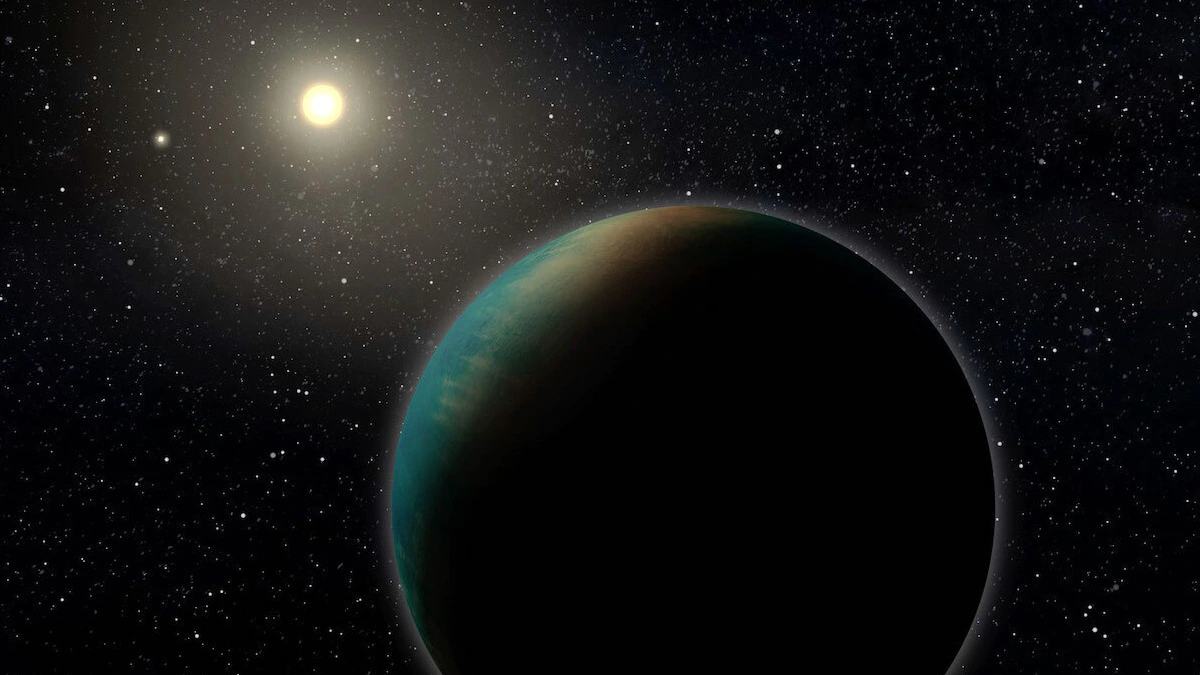A team of researchers recently discovered a planet about 100 light-years away from Earth that they believe may be completely covered by water. According to the National Aeronautics and Space Administration (NASA), the planet — called TOI-1452 b — is thought to be 70% larger than Earth and lies in the “Goldilocks zone,” where temperatures are neither too hot nor too hot. Nor too cold. Liquid water is present on its surface.
Using observations from NASA’s Transiting Exoplanet Survey Satellite (TESS), a team of researchers led by the University of Montreal announced the discovery of a “super-Earth.” According to In a press release, the US space agency said, “Further investigation may shed light on an interesting possibility: that the planet may be a ‘water world’.”
Discovery Alert!?
100 light years away, a planet larger than Earth orbits two stars. Its mass, or weight, may correspond to that of a rocky planet with a deep ocean. This will require more study, but scientists are curious and say it’s worth a closer look! https://t.co/1blfLg9S5T pic.twitter.com/qtb1xj160R— NASA Exoplanets (@NASAExoplanets) 24 August 2022
The planet is about five times heavier than Earth and its density may correspond to having a “very deep ocean”. It can also be a huge rock with little or no atmosphere. “It could also be a rocky planet with an atmosphere of hydrogen and helium,” the press note read.
TOI-1452 orbits its red-dwarf star once every 11 days. It also orbits a binary star system, in which the two stars orbit each other at a distance of about two and a half times that of Pluto from our own Sun.
separately, according to one study “TOI-1452b is one of the best candidates for an ocean planet that we have found to date”, said Charles Cadioux, a PhD student at the University of Montreal, published in The Astronomical Journal. “Its radius and mass suggest a much lower density than would be expected for an Earth-like planet originally composed of metal and rock”, said the study’s lead author, Mr. Cadieux.
The analysis suggested that water may be as much as 30% of the planet’s mass – a ratio similar to that of some Solar System moons such as Titan or Ganymede.
Now, to know for sure whether TOI-1452 b is watery, scientists will need to observe it using the powerful James Webb Space Telescope (JWST). The planet is an ideal candidate for observation because it is close enough to Earth to be easily observed and is located in a part of the sky that can be seen by telescopes year-round.
The researchers are aiming to set time on the web to investigate TOI-1452 b as soon as possible.













